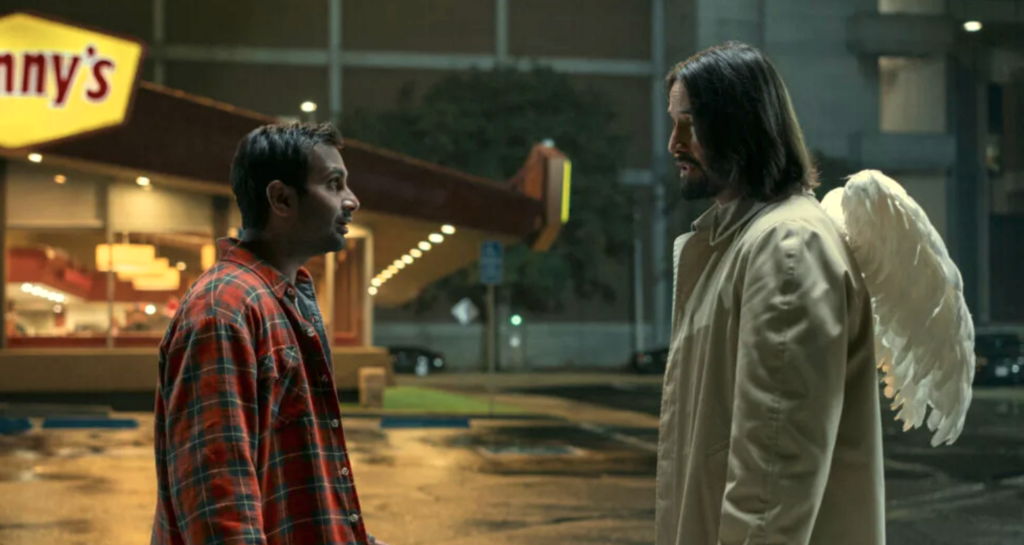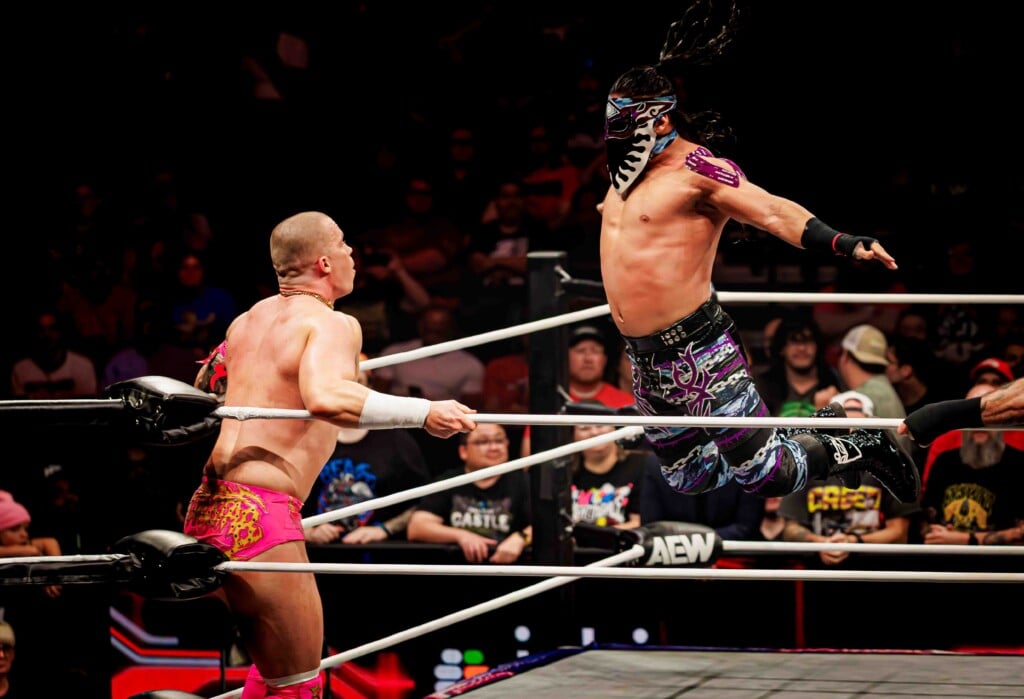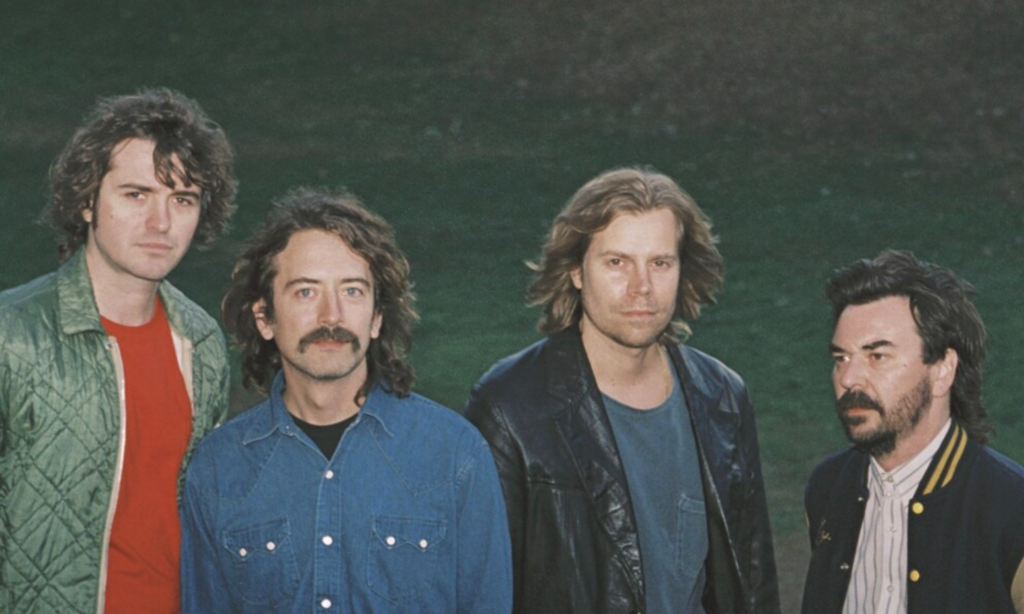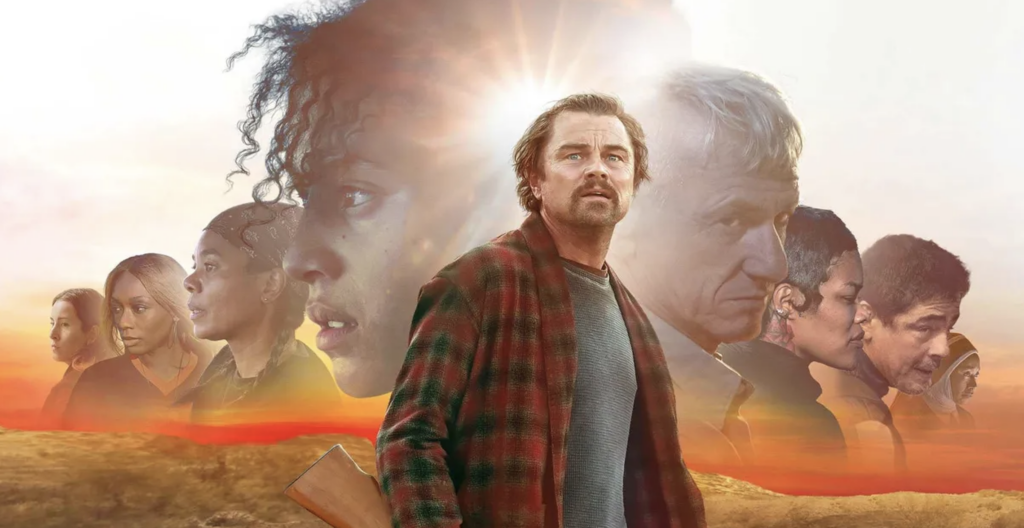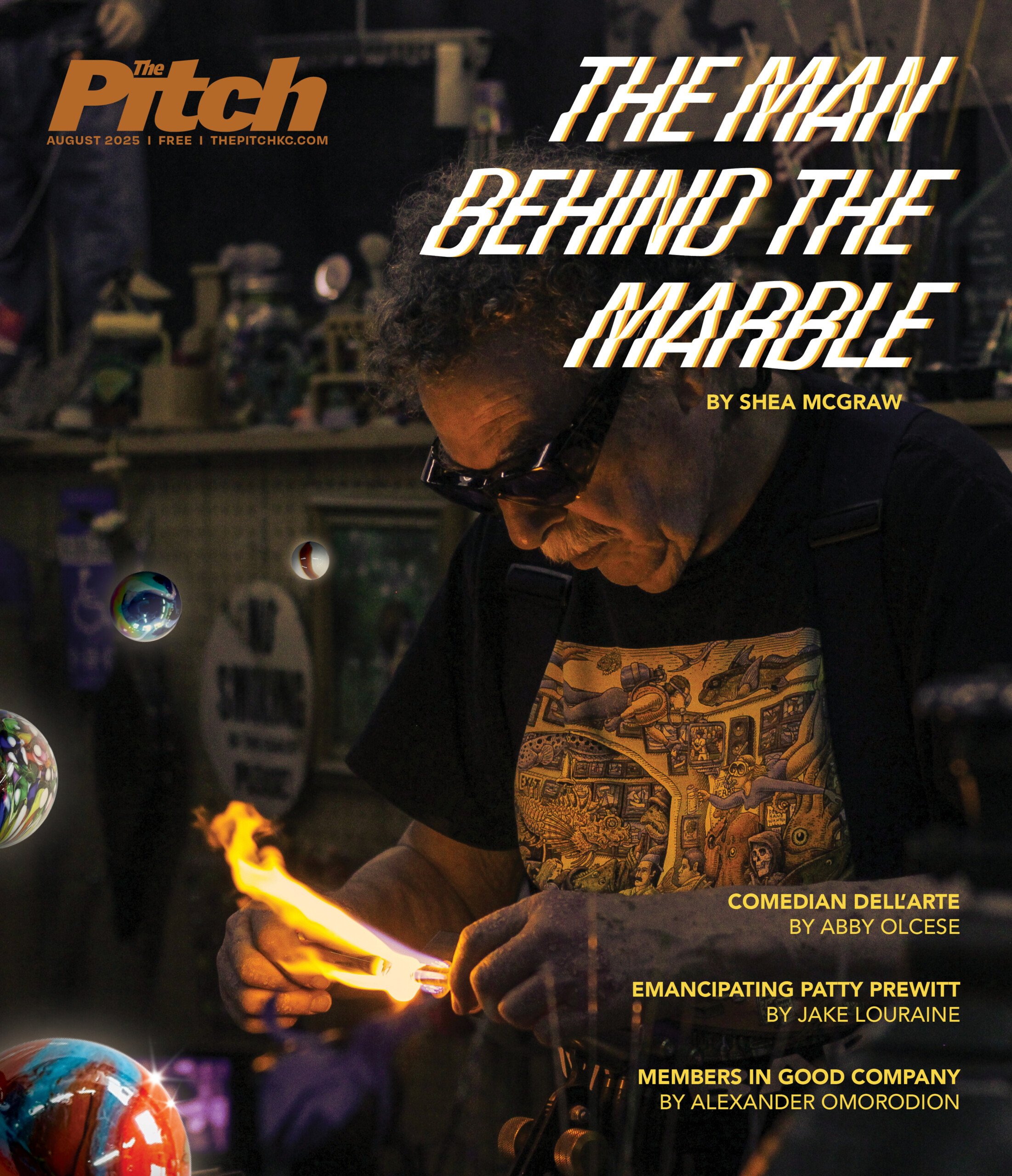Bill Plympton’s work has never been just for kids


Bill Plympton has spent the past few decades redefining what an animated film can look like and what kind of subject matter it can tackle. His Plymptoons became reliably wittier than the music videos they ran between on MTV of the 1980s and ’90s, and his shorts “Your Face” (1985) and “Guard Dog” (2005) brought him Academy Award nominations. His cartoons have taught history (a segment of the History Channel’s 10 Days That Unexpectedly Changed America) and instructed us not to rip off music (the video for Weird Al Yankovic’s “Don’t Download This Song”).
Plympton presents his latest animated feature, Cheatin’, at 7 p.m. Friday, April 11, and 4:30 p.m. Saturday, April 12, at the Alamo Mainstreet. (Tickets for the Kansas City FilmFest screening cost $10; see kcfilmfest.org.) While he’s in town, he’ll also lead a master class at the KCP&L Energy Center (1200 Main) at 1 p.m. Saturday, April 12. Cheatin’ joins a festival roster that includes a Ralph Bakshi showcase. “He’s my godfather,” Plympton says of the legend behind Coonskin, Heavy Traffic and Wizards.
Plympton spoke with The Pitch by phone from his home in New York.
The Pitch: Even without words, Cheatin’ captures the overwhelming euphoria that accompanies the beginning of a relationship.
Plympton: It’s based on a true story of a romance that I had about 15 years ago, and I thought that this was the love of my life, that we’d live together forever.
Once we moved in together, little bits of problems started cropping up. And we started verbally fighting, and it got so bad that at one point I wanted to strangle her, yet I still wanted to have sex with her. And I thought it was interesting with that duality of love and hate in the same relationship, and I wanted to portray that in the film to extremes, obviously.
A lot of your features have been paid for from the money you’ve made from other projects. With Cheatin’, you actually went to Kickstarter.
What happened was the style, the technique that we decided to use, had a digital watercolor look. It’s very similar to the style of illustration I did before I got into film. This was a style I loved so much. I did illustrations for Vanity Fair, Playboy, Penthouse. So I loved this style. Unfortunately, we had to hire four or five artists to create this technique because it was so labor-intensive. And because we had to hire these artists, I ran out of money very quickly. We were four months into the film, so we went to Kickstarter so we didn’t have to fire everybody. We asked for $75,000, and we got over $100,000. It was very cool.
The style in a lot of your cartoons often resembles woodcuts or other illustration techniques that aren’t usually seen in animation.
This is pencil on paper. It’s very basic, low-tech stuff. I do all the stuff myself. There’s about 40,000 drawings in the film, and it took me about a year, a year and a half to do all the drawings.
In fact, if people come to my show in Kansas City, I will give everybody a little sketch. I’ll do a little cartoon on a postcard. You’ll get a free drawing. I can turn out these drawings pretty quickly.
Then, I have somebody in my studio scan the drawings on a digital file and then do a watercolor effect on Photoshop on top of the drawing. It’s really gorgeous. I love the mistakes. I love the imperfections, the peculiarities with the artwork and the humor. It’s like going to a museum and going to see a piece of art done by an impressionist. That’s worth something. That’s fun to watch.
People often think that animation is only to amuse children, but you’ve done things like re-enact Shays’ Rebellion, which took place after the American Revolutionary War.
This is something I’ve been fighting against since my first feature film, The Tune. And that is the stereotype that America has, that animation is computer and that it is only for children. And I disagree with that very strongly. First of all, the computer is very expensive, so it’s a very cold, machinelike look. And number two, that animation can only be for children. I can’t make films that compete with Pixar or DreamWorks. I don’t have the money or the time.
So I want to make another category: animation for people like me, people my age. Because I think about love, passion, jealousy, revenge, that kind of stuff. These are my day-to-day thoughts, so why should I make films about children playing games with animals? That’s not really what I’m concerned with. I’m hoping that this film breaks that stereotype. It’s not the audience. The audience loves animation for adults. They look at The Simpsons or South Park or Family Guy. These are really adult topics. It’s the distributors that are really fearful that there’s no audience for this.
How tough was it to come up with a wordless but credible female point of view?
I don’t know if it’s credible or not. A lot of women come up to me and say they love the character. In fact, almost all the people want me to draw Ella, so she does seem to be very compelling, and visually she’s an interesting character.
In the beginning of the film she’s very independent, and then she accidentally discovers love, and that scene where the camera goes looking for her heart is something that everybody thinks is one of their favorite shots because everybody wants to find their heart and find love.
I think that’s why women really respond to Ella discovering her romantic side. Her heart gets bigger and bigger and bigger, and now she’s a true romantic person.
I should also say that the film harkens back to the Hollywood ’40s, film noir look: the fashion, the architecture, the automobiles, the lighting, the shadows. Also, I was influenced by James M. Cain, the guy who wrote Double Indemnity and all those really hard-boiled romances that turned ugly and turned violent.
When you listed your influences, you mentioned some traditional favorites like former Kansas Citians Walt Disney and Ub Iwerks. How did you go from watching them to making something like Cheatin’?
As a young kid, I was a fanatic for Disney. Disney was the only company at the time making animation of any consequence. But then when I got to high school and college, obviously my hormones started kicking in. I was starting to do more cartoons that were about the opposite sex or more violent stuff, more adult stuff, and I just kept doing it.
Every image in your movies, from backgrounds to characters to effects, is drawn by you. How do you avoid repetitive stress injuries?
My hand feels great at the end of the day. Sometimes, I draw 10-12 hours a day, and I feel so relaxed and comfortable after drawing all day. It’s like therapy, actually.
